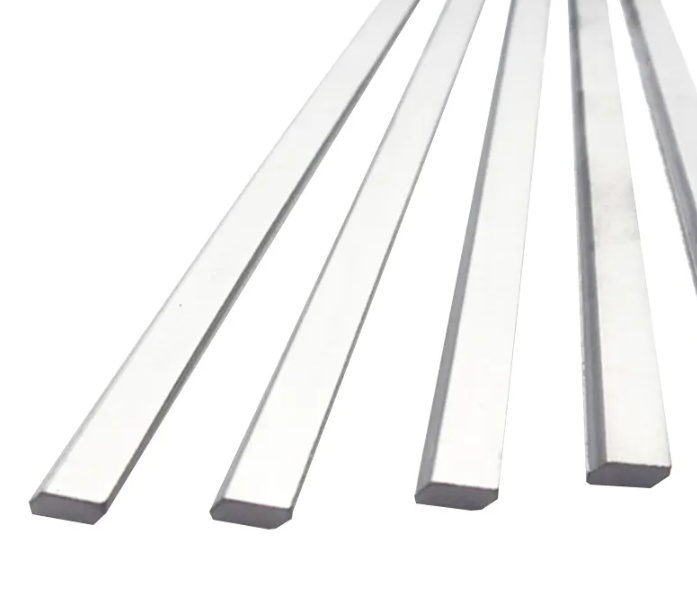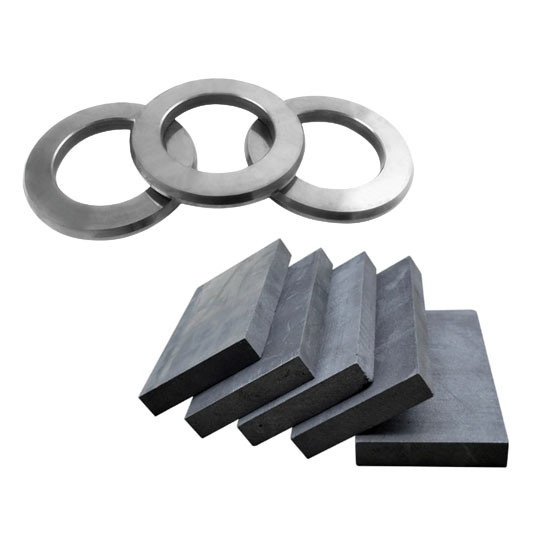Важность твердых сплавов в автомобильной промышленности
Карбиды стали переломным моментом в современном автомобилестроении. С ростом спроса на легкие, прочные и износостойкие материалы автопроизводители все чаще обращаются к компонентам на основе твердого сплава. Будь то повышение долговечности режущих инструментов, используемых при обработке, или улучшение характеристик деталей автомобиля, твердый сплав играет важнейшую роль в повышении эффективности и надежности автомобилей.
Современные автомобили нуждаются в материалах, выдерживающих высокие температуры, экстремальное трение и большие нагрузки. Карбиды - особенно вольфрам, титан и композиты на основе кремния - разработаны с учетом этих жестких условий, обеспечивая минимальный износ и увеличенный срок службы критически важных компонентов.
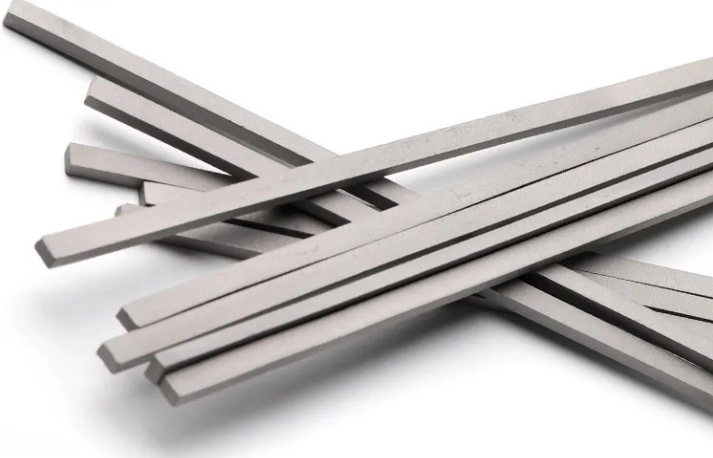
Почему производители автомобилей все чаще используют Карбиды?
Переход на твердосплавные материалы в автомобильном секторе - это не просто тенденция, а необходимость. С развитием электромобилей (EV), гибридных технологий и норм топливной эффективности производителям требуются более прочные и термостойкие материалы. Карбиды предлагают:
- Превосходная твердость - Они гораздо тверже стали, что повышает долговечность автомобильных инструментов и компонентов.
- Высокая износостойкость - Идеально подходит для деталей, подвергающихся трению, сокращая частоту замены.
- Устойчивость к жаре - Идеально подходит для высокотемпературных применений, особенно в двигателях внутреннего сгорания и силовых агрегатах электромобилей.
- Повышение эффективности - Твердые сплавы повышают точность обработки, снижают отходы материала и производственные затраты.
Применяя компоненты на основе твердого сплава, автопроизводители могут создавать высокопроизводительные автомобили, которые служат дольше, работают лучше и требуют меньше обслуживания.
Что такое карбиды? Определение и основные компоненты
Карбиды - это соединения, состоящие из углерода и металлического элемента, обычно вольфрама (WC), титана (TiC) или кремния (SiC). Эти материалы известны своими исключительная твердость, прочность и износостойкость. Некоторые из наиболее часто используемых карбидов в автомобильном секторе включают:
- Карбид вольфрама (WC) - Очень твердый, используется для изготовления режущих инструментов, быстроизнашивающихся деталей и высокоэффективных покрытий.
- Карбид титана (TiC) - Известен своей прочностью и термостойкостью, часто используется в аэрокосмической промышленности и автомобильных компонентах.
- Карбид кремния (SiC) - Отличная теплопроводность, что делает его идеальным для инверторов EV и полупроводников.
Сочетание этих материалов с такими связующими, как кобальт или никель, обеспечивает непревзойденную долговечность изделий на основе твердого сплава в экстремальных условиях.
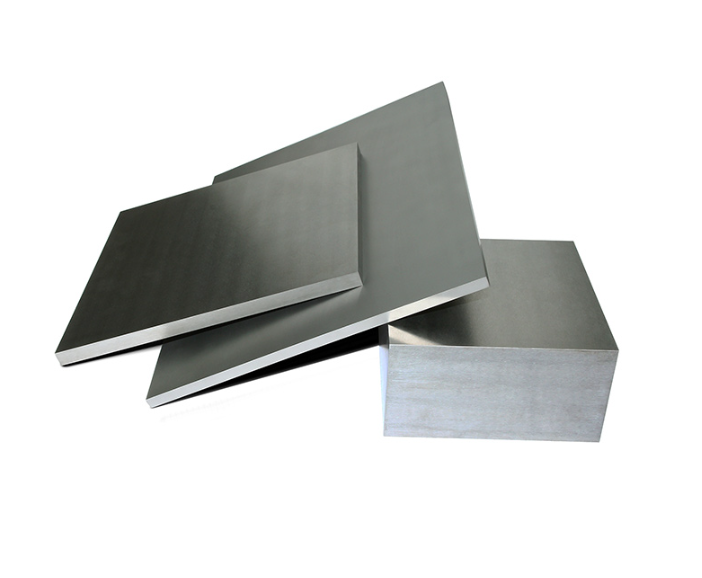
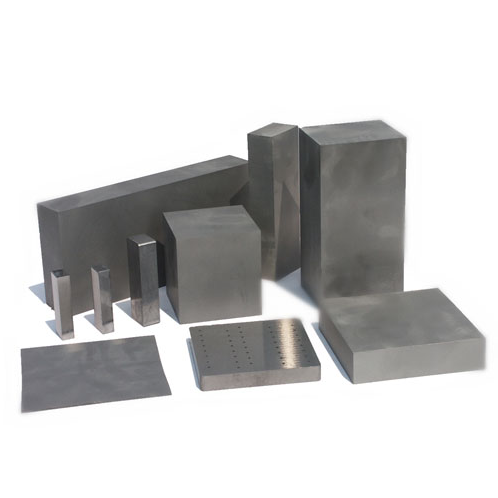
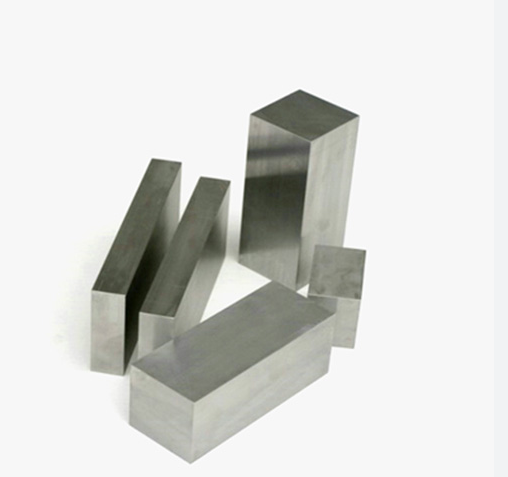
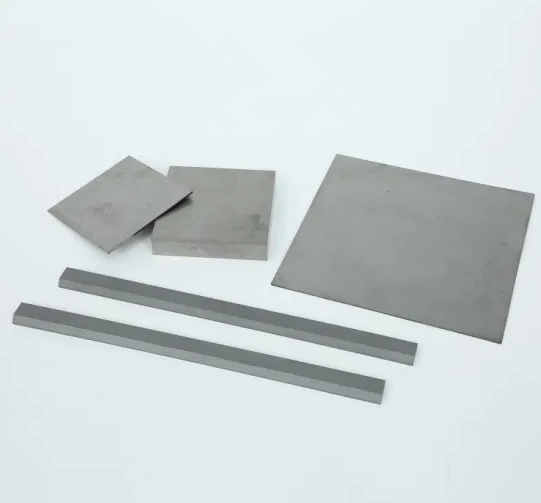
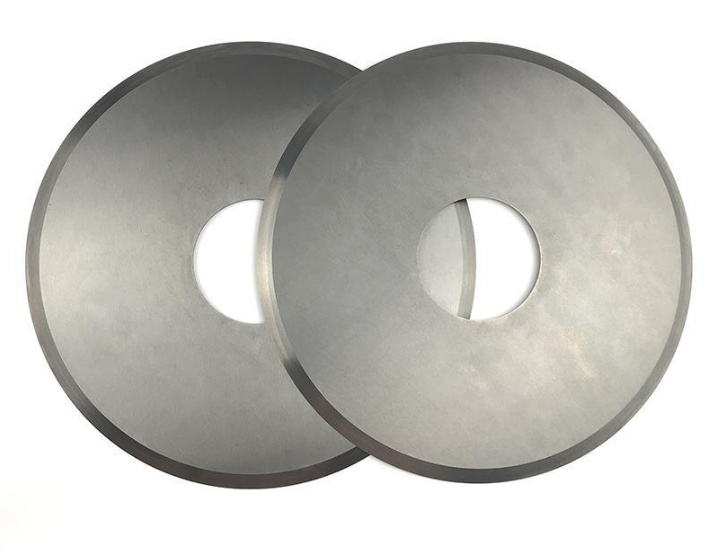

Основные области применения Карбид в автомобилестроении Промышленность
| Приложение | Описание |
|---|---|
| Режущие инструменты и обработка | Инструменты с твердосплавными наконечниками используются для фрезерования, сверления и точной резки автомобильных деталей. |
| Штампы и пресс-формы | Твердосплавные штампы повышают долговечность процессов штамповки и формовки при производстве автомобилей. |
| Компоненты двигателя | Детали из карбида кремния повышают теплостойкость камер сгорания и выхлопных систем. |
| Тормозные системы | Покрытия из карбида вольфрама повышают износостойкость высокопроизводительных тормозных систем. |
| Подвесные системы | Усиленные карбидом компоненты продлевают срок службы амортизаторов и рычагов подвески. |
| Подшипники и уплотнения | Подшипники на основе твердого сплава снижают трение и повышают эффективность вращающихся компонентов. |
| Силовая электроника | Карбид кремния имеет решающее значение для инверторов EV, повышая эффективность энергопотребления и терморегулирования. |
Преимущества использования твердого сплава в автомобильном производстве
| Преимущество | Польза для автомобильной промышленности |
|---|---|
| Чрезвычайная твердость | Обеспечивает долговечность и прочность инструментов и компонентов. |
| Износостойкость | Снижает необходимость частой замены деталей. |
| Термостойкость | Идеально подходит для высокотемпературных применений, таких как двигатели и системы питания электромобилей. |
| Точность и аккуратность | Улучшает процессы обработки, повышая качество деталей автомобиля. |
| Легкий вес | Помогает снизить вес автомобиля, улучшая топливную экономичность. |
| Коррозионная стойкость | Продлевает срок службы деталей, подвергающихся воздействию агрессивных сред. |
Будущие тенденции Карбид в автомобилестроении Промышленность
Автомобильная промышленность претерпевает изменения благодаря все более широкому применению твердосплавных материалов. Вот некоторые тенденции, определяющие будущее:
- Расширение производства электромобилей (EV) - Карбид кремния совершает революцию в силовой электронике, повышая эффективность аккумуляторов и скорость их зарядки.
- Передовые покрытия - Новые твердосплавные покрытия снижают износ и увеличивают срок службы деталей.
- 3D-печать и аддитивное производство - Порошки на основе твердых сплавов используются в передовых технологиях производства деталей для автомобилей.
- Устойчивое развитие и переработка отходов - Для снижения воздействия на окружающую среду предпринимаются усилия по переработке вольфрама и других твердых сплавов.
Эти инновации делают твердый сплав незаменимым материалом для автомобилей нового поколения.

ЧАСТО ЗАДАВАЕМЫЕ ВОПРОСЫ
| Вопрос | Ответить |
|---|---|
| Для чего используются твердосплавные стержни в автомобильной промышленности? | Твердосплавные стержни используются в высокоточных операциях сверления, фрезерования и резки, обеспечивая превосходную износостойкость. |
| Почему стоит выбрать карбид вольфрама, а не обычную сталь для сверления? | Карбид вольфрама обладает высокой твердостью, жаростойкостью и долговечностью, что делает его идеальным для обработки автомобилей. |
| Как твердый сплав повышает эффективность бурения? | Твердосплавные инструменты дольше сохраняют остроту, уменьшая износ инструмента и повышая точность металлообработки. |
| Можно ли использовать твердосплавные стержни как для ручной обработки, так и для обработки с ЧПУ? | Да, твердосплавные стержни подходят как для ручной, так и для автоматизированной обработки с ЧПУ, обеспечивая стабильную производительность. |
| Являются ли твердосплавные стержни экологически чистыми? | Многие твердосплавные стержни изготавливаются из переработанных материалов, что снижает их воздействие на окружающую среду. |

